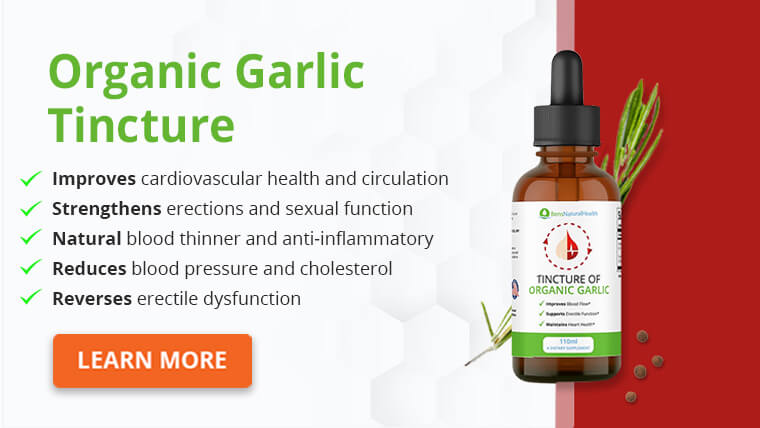Acne on your forehead, characterized by breaking out in pimples and blemishes on the forehead, is a common skin condition that can affect people of various age groups.
This type of acne occurs when hair follicles on the forehead become clogged with oil, dead skin cells, and sometimes bacteria, resulting in inflammation and breakouts.
Forehead acne can impact both teenagers going through hormonal changes and adults facing stress-related or other triggers.
In this article, we’ll explore the root causes of forehead zits and provide practical solutions to help people get rid of forehead breakouts.
What Causes Acne On My Forehead?
Understanding why your forehead is breaking out is essential for effective acne treatment and prevention. Let’s take a closer look at these factors:
1) Overactive Oil Glands
Our skin is equipped with oil glands, scientifically known as sebaceous glands.
These tiny glands are responsible for producing sebum, a natural oil that keeps our skin moisturized.
However, when these glands become overactive, they produce excess sebum. This surplus oil can clog the pores on your forehead, leading to acne breakouts.
2) Bacteria
Acne-causing bacteria can play a significant role in exacerbating forehead acne. One specific culprit is Propionibacterium acnes, which thrives in clogged pores.
This bacterium feeds on the excess sebum and multiplies, leading to inflammation, redness, and unwelcome pimples on your forehead.
3) Clogged Pores
Our skin’s natural shedding process involves the constant turnover of skin cells.
When these dead skin cells, along with excess oil and dirt, accumulate within the hair follicles on your forehead, they create a perfect breeding ground for acne.
This accumulation clogs the pores, which are supposed to be the exit routes for oil and skin cells.
As a result, acne emerges as the skin can’t breathe and naturally exfoliate itself.
4) Hormonal Changes
Hormones, often associated with pivotal life stages like puberty, menstruation, and menopause, can significantly influence forehead breakouts.
Hormonal imbalances can stimulate the oil glands to produce more sebum, which, as mentioned earlier, contributes to clogged pores.
This explains why teenagers and women going through hormonal fluctuations are more susceptible to forehead bumps.
5) Stress
It’s no secret that stress takes a toll on our overall health, including our skin.
High stress levels can lead to hormonal imbalances, particularly elevated levels of cortisol, known as the stress hormone.
This hormonal upheaval can disrupt the natural balance of oil production in your skin, making you more prone to acne.
So, the next time you’re stressed, remember that it’s not just affecting your mind; it’s also showing up on your skin.
6) Certain Hair Products
Your hair products may be contributing to those pesky acne breakouts.
Pomades, gels, and other styling products can contain ingredients that, when they come into contact with your forehead, transfer onto your skin and clog your pores.
It’s essential to be mindful of the products you use, as they might be leaving an invisible residue on your forehead, setting the stage for acne.
Understanding these underlying causes of forehead acne is the first step in effectively addressing and preventing it.
By making necessary adjustments in your skincare routine and lifestyle, you can take control of your skin’s health and enjoy a clearer, smoother forehead.

11 Ways to Get Rid of Forehead Acne
1) Proper Cleansing
Cleanse your face with a mild, sulfate-free cleanser twice a day.
Avoid over-cleansing, as it can strip your skin of essential oils and exacerbate the problem.
2) Exfoliation
Gently exfoliate your forehead using a soft washcloth or a mild exfoliating scrub once or twice a week to remove dead skin cells.
3) Salicylic Acid
Look for skincare products with salicylic acid, a potent ingredient that can unclog pores and reduce spot breakouts.
4) Benzoyl Peroxide
Benzoyl peroxide is effective in killing acne-causing bacteria. Apply it sparingly to affected areas.
5) Retinoids
These can help with skin cell turnover, preventing clogged pores and promoting a smoother complexion.
6) Clean Your Hair
Use hair products sparingly and ensure they do not come into direct contact with your forehead.
Regularly wash your hair to prevent the transfer of product onto your skin.
7) Manage Stress
Practice stress-reduction techniques like yoga, meditation, or deep breathing exercises to maintain balanced hormonal levels.
8) Alter Your Diet
Some studies suggest that a diet rich in dairy and high-glycemic foods may worsen acne. Consider a balanced diet with plenty of fruits and vegetables.
9) Hydration
Drinking enough water keeps your skin hydrated and may help reduce acne symptoms.
10) Avoid Touching Your Face
Picking or squeezing pimples can worsen the condition and lead to acne scars.
11) Consult a Dermatologist
If your acne is severe or persistent, it’s essential to seek professional advice from a dermatologist who can recommend tailored treatments.
Get Your FREE Eye Health Diet Plan
- Nine most important vitamins for eye health
- How to naturally protect and improve your eye health as you age
- Developed exclusively by our medical doctor
How Long Do Forehead Zits Last?
The lifespan of a forehead zit can vary from person to person and depends on various factors. On average, a pimple on the forehead typically lasts about 5 to 7 days.
However, it’s essential to note that the complete healing and disappearance of a pimple may take longer.
Several factors, including proper care and treatment, can influence how long a forehead bump persists.
It’s essential to follow a consistent skincare routine and avoid picking or squeezing the spot to minimize its duration and prevent scarring.
If forehead acne is a persistent issue, seeking professional advice from a dermatologist is recommended.
Conclusion
Dealing with forehead acne can undoubtedly be frustrating, but the good news is that it’s manageable.
By taking the right approach, you can effectively control and even prevent your forehead from breaking out further.
Consistency is key when it comes to skincare. Maintaining a regular skincare routine, which includes gentle cleansing, exfoliation, and the use of suitable acne-fighting products, can significantly improve your skin’s condition.
Make sure to choose products that are appropriate for your skin type, and that target the specific issues causing your acne.
Lifestyle adjustments can also play a vital role in managing forehead acne. Managing stress levels, maintaining a balanced diet, and being mindful of the hair products you use are essential steps in keeping your skin clear.
Avoiding touching or picking at your pimples is equally important, as these actions can worsen the condition and potentially lead to scarring.
Explore More








